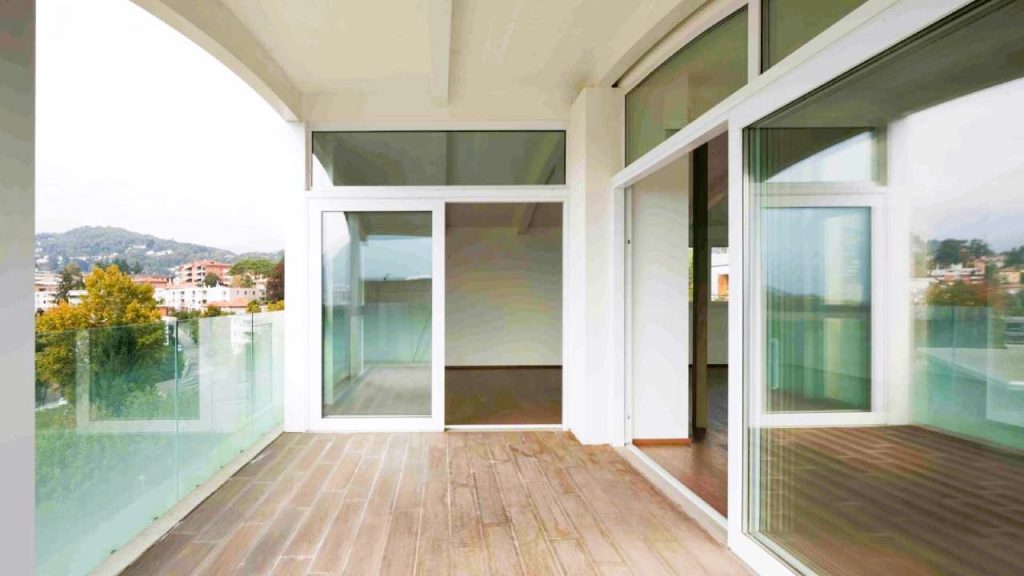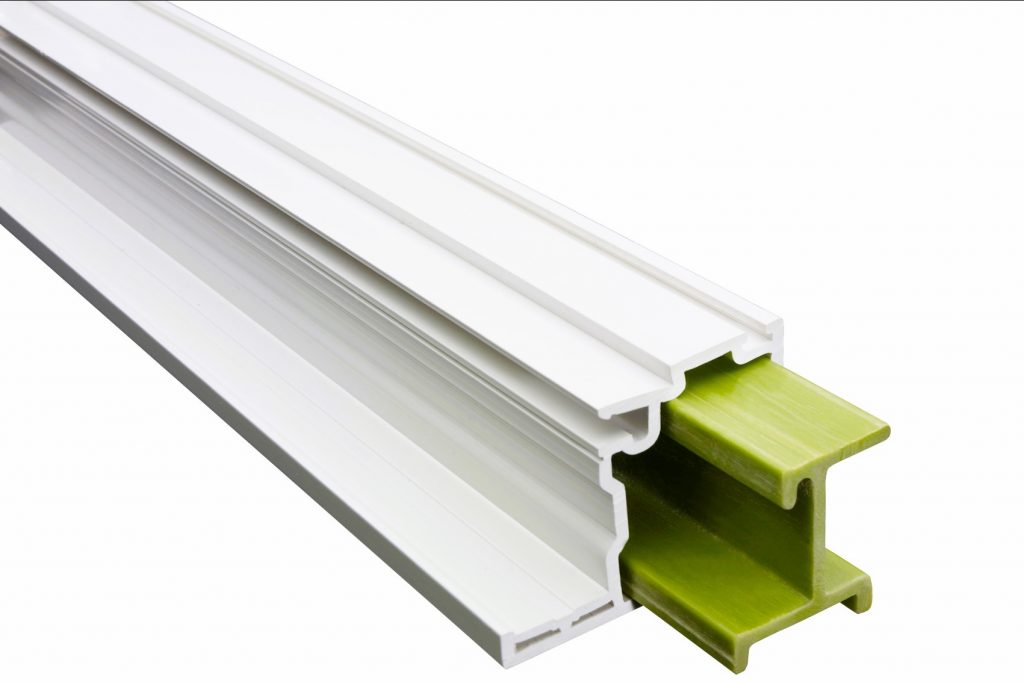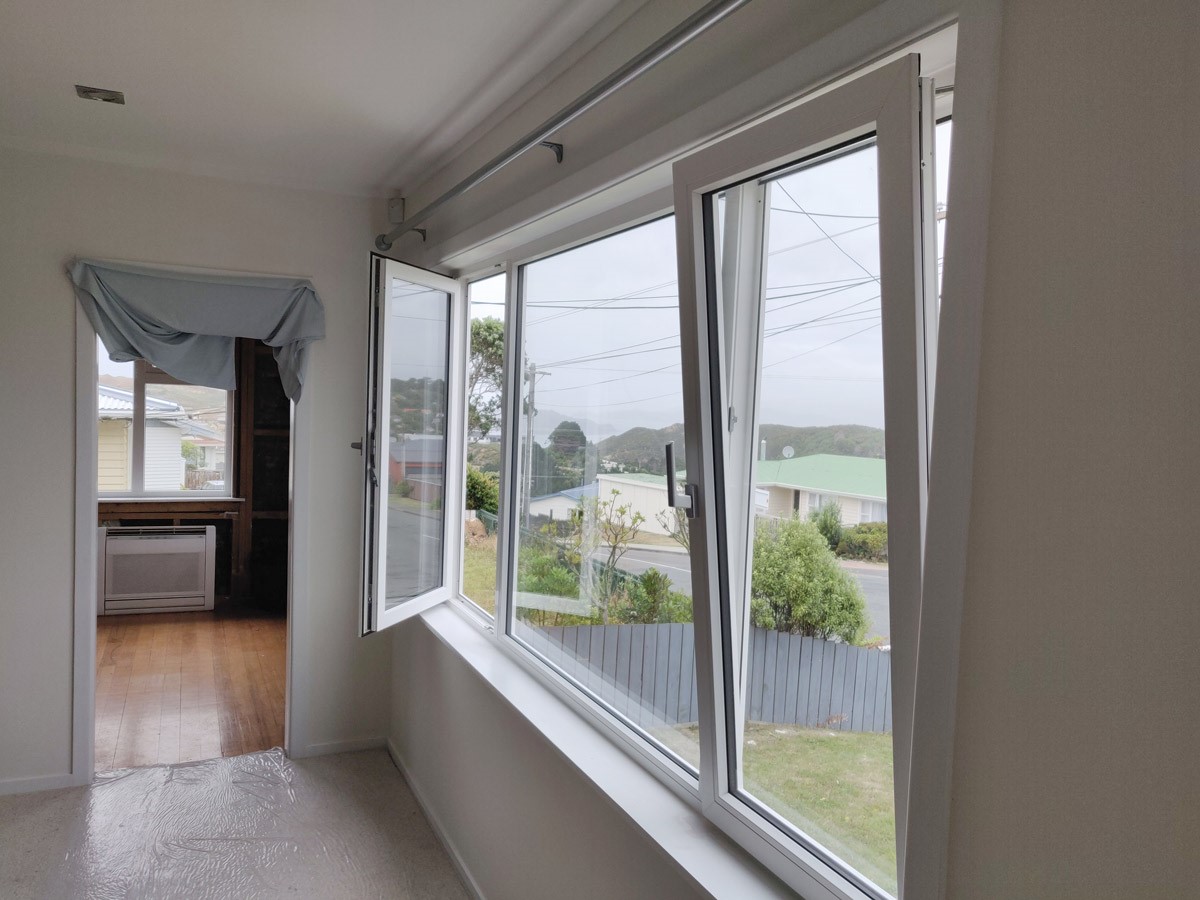Choosing the right profile for plastic windows is an important consideration for homeowners, as it can impact the energy efficiency, durability, and overall performance of the window. With so many options available on the market, it can be difficult to know which profile to choose. In this article, we’ll explore the main criteria for selection and provide recommendations for types of profiles to consider.
- Material
The first consideration when choosing a profile for plastic windows is the material used in its construction. There are three main materials used in the production of plastic window profiles: uPVC, fiberglass, and vinyl.
uPVC is the most popular material for plastic window profiles, as it is durable, energy-efficient, and low-maintenance. It’s also available in a variety of colors and finishes, making it a versatile option for different home styles.
Fiberglass is a newer material that is gaining popularity in the production of plastic window profiles. It’s extremely strong and durable, making it a good option for areas with severe weather conditions or high levels of UV exposure.

Vinyl is a less common material for plastic window profiles, but it can be a cost-effective option for homeowners on a tight budget. It’s lightweight and easy to install, but may not offer the same level of durability or energy efficiency as other materials.
- Profile Design
The profile design is another important consideration when choosing a plastic window profile. The design should be optimized for energy efficiency, with features such as multi-chambered construction and thermal breaks to prevent heat loss and drafts.
Additionally, the design should be aesthetically pleasing and complement the style of the home. There are a variety of profile designs available, from traditional to modern, and homeowners should choose a design that fits their personal taste and the overall style of their home.
- Window Type
The type of window being installed is another consideration when choosing a plastic window profile. Different types of windows require different profiles to ensure proper performance and durability.
For example, a casement window may require a profile with a more robust locking system, while a sliding window may require a profile with a narrower frame to allow for easy movement.
- Manufacturer
Finally, the manufacturer of the plastic window profile is an important consideration when making a selection. Choose a manufacturer with a strong reputation for quality and customer service, and look for products that are tested and certified to meet industry standards and regulations.
In conclusion, choosing the right profile for plastic windows requires careful consideration of the material, profile design, window type, and manufacturer. Homeowners should also take into account their personal taste and the overall style of their home when making a selection. By taking the time to choose a high-quality profile, homeowners can enjoy the benefits of improved energy efficiency, durability, and performance for their home.
In terms of specific recommendations for types of profiles, there are several options that homeowners may want to consider:
- Standard Profile
A standard profile is the most common type of profile used for plastic windows. It typically features a multi-chambered design and thermal breaks to improve energy efficiency and prevent drafts. Homeowners can choose from a variety of colors and finishes to complement the style of their home.
- Reinforced Profile
A reinforced profile is a more robust option that is designed to provide added security and durability. It features additional reinforcement in key areas of the profile, such as the frame and locking system, to make it more resistant to break-ins or damage from severe weather conditions.
- Slimline Profile
A slimline profile is a narrower option that is designed to provide a more modern and minimalist look. It features a narrower frame and sash, allowing for more glass area and improved natural light transmission. Read also about how to choose windows, existing norms and requirements.
- Energy-Efficient Profile

An energy-efficient profile is designed to maximize energy savings and improve the overall performance of the window. It typically features a more advanced design with additional insulation and glazing options, and may be certified by programs such as ENERGY STAR for added assurance of energy efficiency.
When selecting a plastic window profile, homeowners should consider their personal preferences, budget, and the specific needs of their home. Working with a reputable supplier and installer can help to ensure that the selected profile is of high quality and meets all necessary standards and regulations.
In conclusion, choosing the right plastic window profile is an important consideration for homeowners who want to improve the energy efficiency, durability, and overall performance of their windows. By considering the material, profile design, window type, and manufacturer, as well as specific recommendations for types of profiles, homeowners can select a high-quality product that meets their specific needs and provides long-lasting benefits for their home.

